Take a hike! No, really, immerse yourself in nature and take a hike. Trekking through the great outdoors can be an incredibly calming experience and a great way to stay fit.
But as lovely as a hike may sound, the activity involves some real risks. Regardless of how experienced you may be, it's crucial to follow these safety tips for hikers from wilderness safety expert Gavin Dawson to ensure a fun and comfortable adventure.
Table of Contents
Hiking Safety Tips
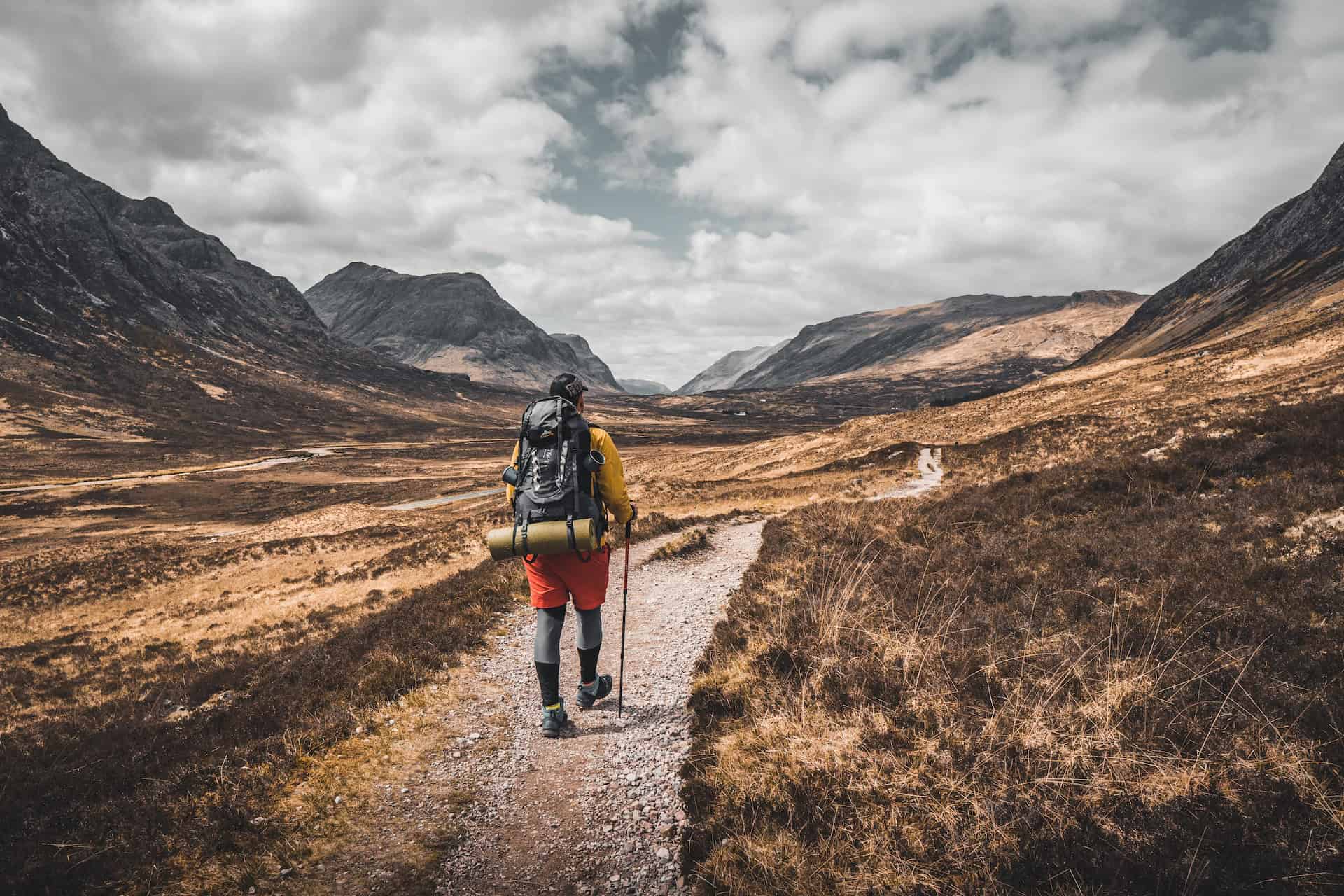
1. Map Out Your Hike and Consult with a Ranger
Before taking the plunge into your hiking excursion, it is important to plan out your trip.
This includes selecting the right trail based on your skill level and experience, estimating the time it will take to complete, and checking in on the weather forecast.
When deciding where to take your hike, it's best to stick to state or national parks with rangers on staff who can offer a wealth of knowledge on the lay of the land and what to expect.
It is essential to be aware of what you may encounter on the trail, such as poisonous flora and fauna, wildlife, and change in terrain.
2. Take a Buddy
When in doubt, bring a buddy and eliminate the possibility of ending up alone in a dire situation. In case of injury, having someone who can locate help could save a life.
If you're an experienced hiker planning a solo hike, share your itinerary and trailhead location with a friend or family member.
This is another safety precaution that could save a life should you not complete the trail within the timeframe reported on your itinerary.
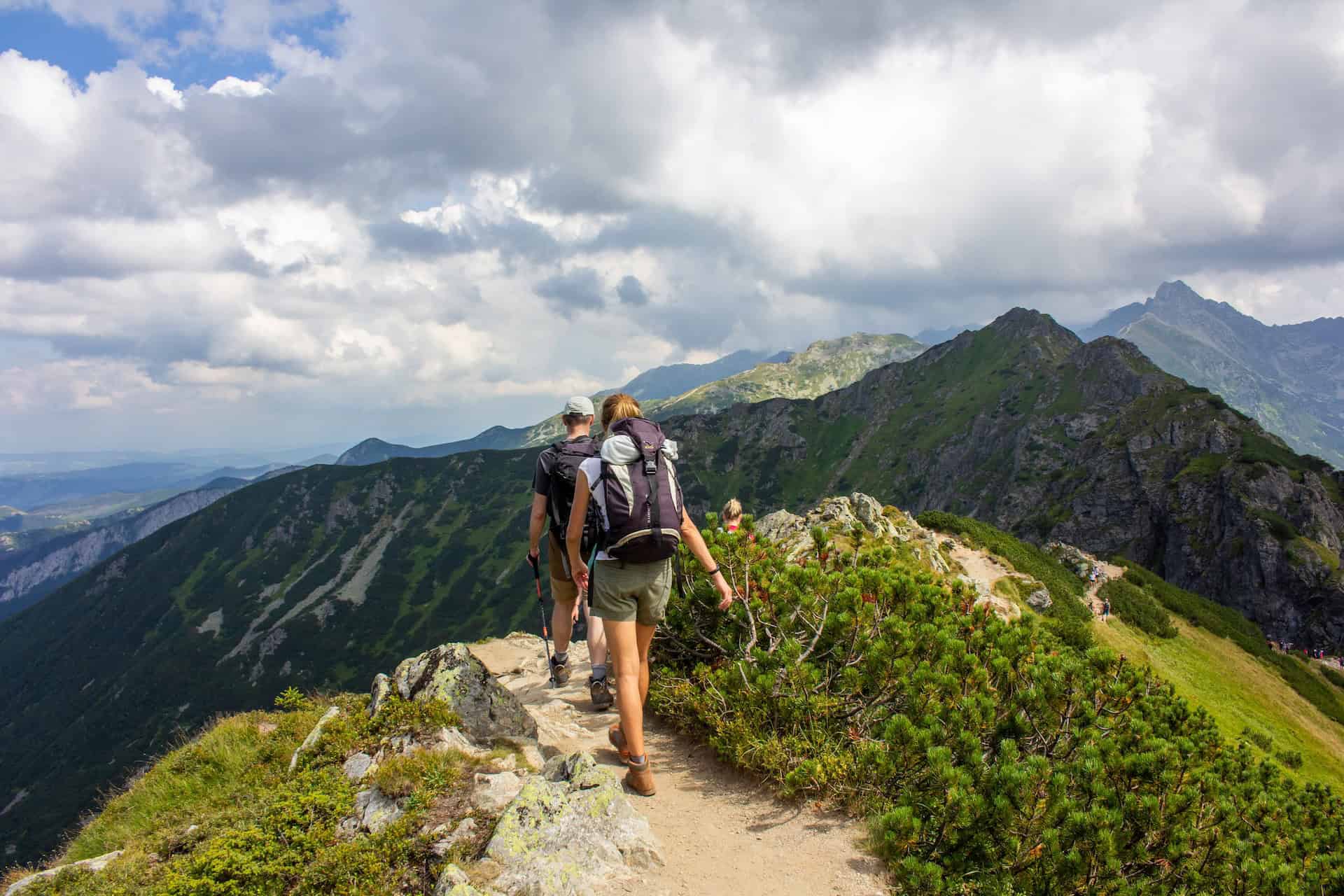
3. Prepare for the Weather
This safety tip for hikers goes beyond simply checking the forecast.
Consult with the park rangers and determine what kind of weather precautions should be considered during the specific time of year and what they recommend should you encounter any extreme cases.
Even the slightest change in weather, such as light rainfall, could make the terrain slippery or prone to shifting. Light snow can cover trails, making staying on or finding your way out harder.
4. Dress Appropriately
Dressing appropriately and bringing the proper gear are crucial for a safe and comfortable hiking experience.
Wear comfortable, moisture-wicking clothing and sturdy hiking boots with good ankle support and surface traction.
Bring a hat to block out the sun from the face, and consider additional layers such as jackets and gloves depending on the weather, as temperatures can drop quickly in the mountains.
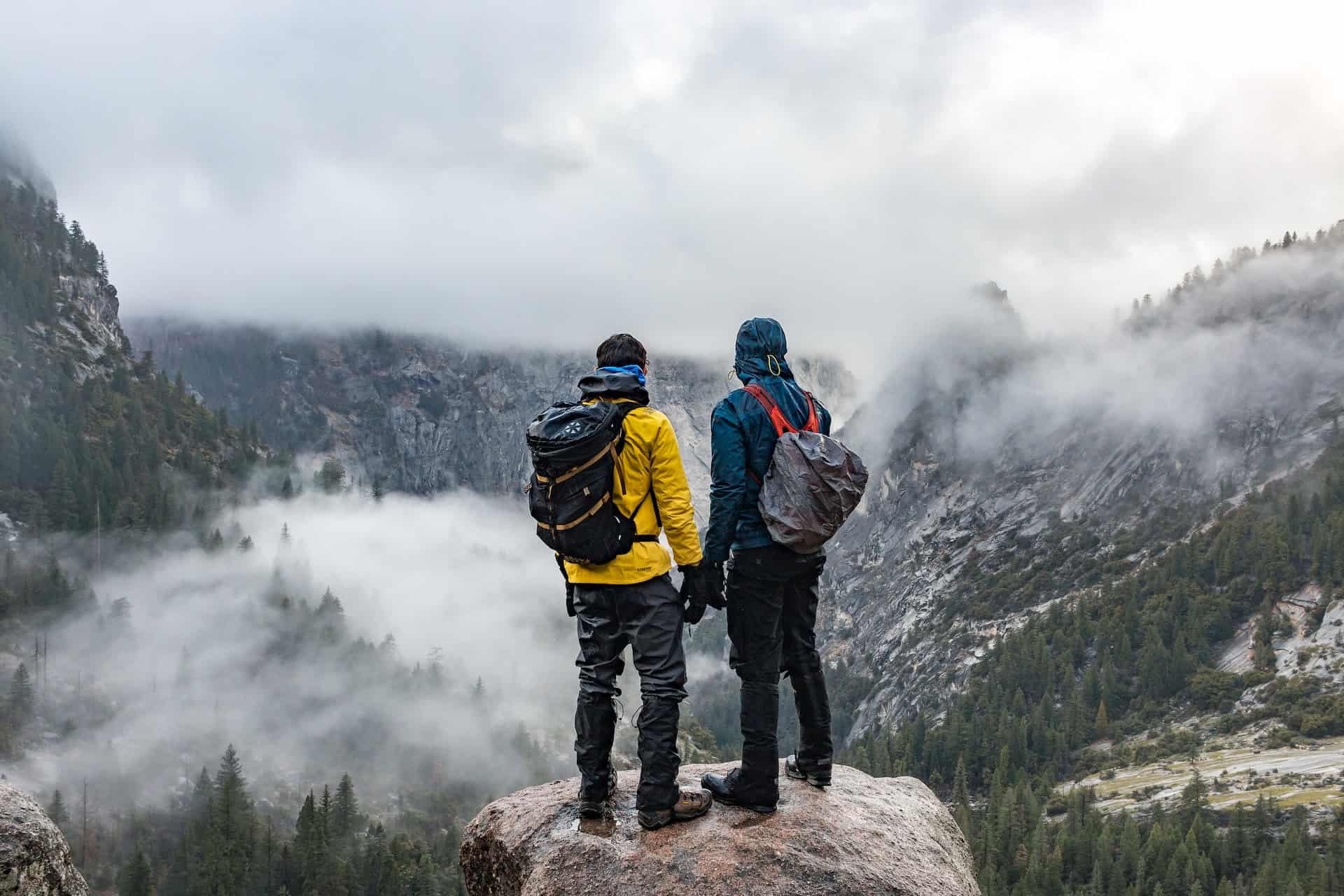
5. Establish an Emergency Plan
In the unlikely event that something should happen, it is critical to have a plan ready. Bring a fully charged phone and portable charger.
Items like a personal locator beacon or a satellite messaging device can get messages out if a cellular phone is not an option.
If you are hiking with a partner or group, someone should be elected to get help if you cannot transmit a message.
6. Pack the 10 Essentials
According to the National Parks Service, the 10 Essentials are basic items that should be with you on every hike so that you are prepared for minor injuries, emergencies, weather changes, or unexpected delays.
- Navigation – maps, compass, GPS
- Sun protection – sunglasses, hat, sunscreen
- Illumination – Lanterns, headlight, flashlight
- First-aid kit – more on this below
- Insulation – jacket, gloves, additional layers
- Nutrition – enough sustenance plus extra just in case
- Hydration – water and water treatment supplies should you collect water that requires purification
- Emergency shelter – tent, space blanket, tarp
- Repair kit – multifunctional tools, duct tape
- Fire – matches, lighters, fire starters
This basic and non-exhaustive list should be added to depending on your hike and the circumstances.
If hiking abroad, you should also consider purchasing travel insurance to ensure you're covered in case you have an injury or an accident.
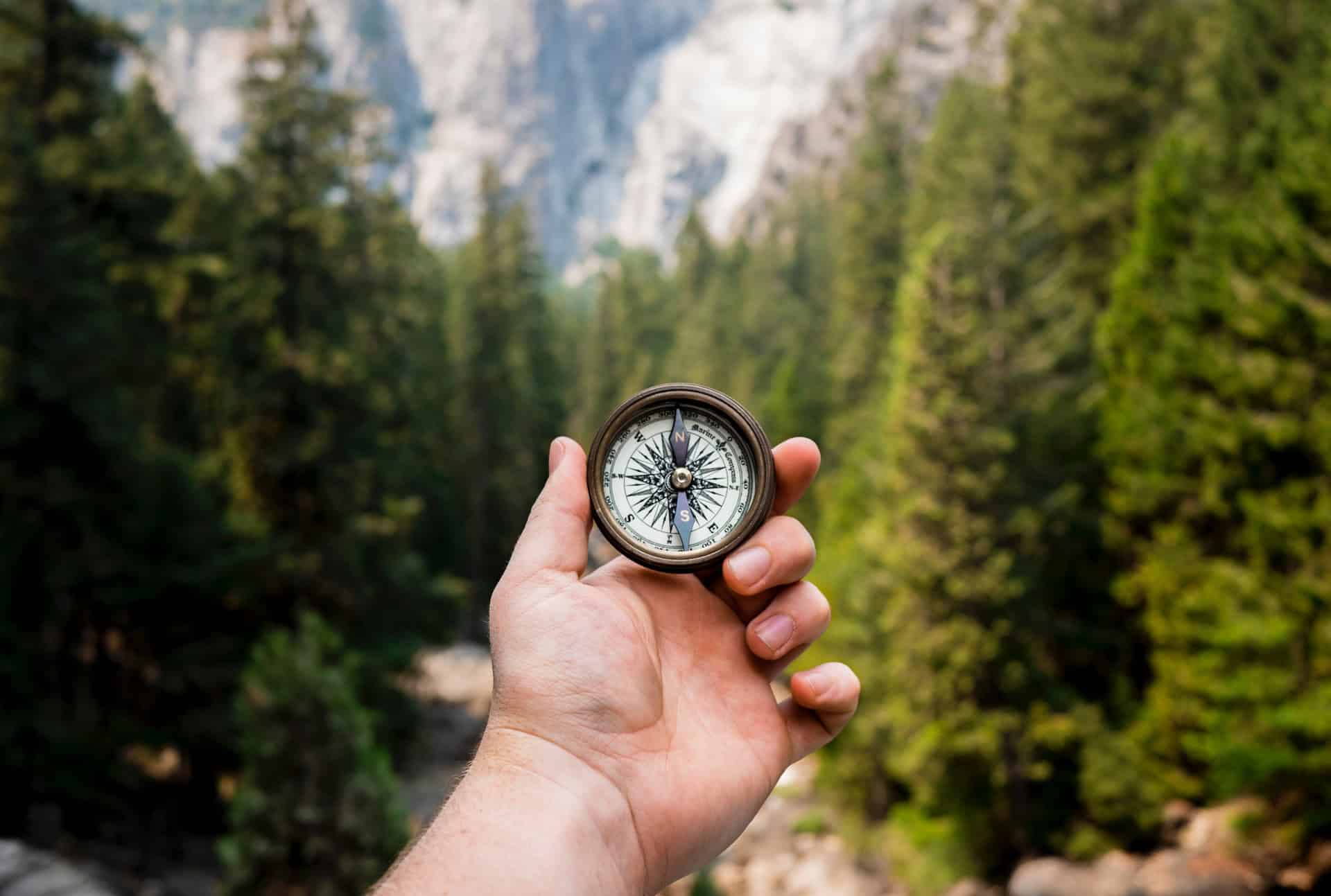
7. Pack a Proper First-Aid Kit
This is a must-have item for any outdoor adventure and can help you treat minor injuries and illnesses, preventing them from becoming more severe.
A basic first-aid kit should always include the following:
- Adhesive bandages of varying sizes
- Gauze pads and adhesive tape
- Pain relievers such as ibuprofen or acetaminophen
- Antiseptic wipes or solution
- Tweezers and scissors
- Blister treatment
- Insect repellent and sunscreen
These first-aid kits can be bought pre-made or collected and packed at home, but be sure to familiarize yourself with each item and ensure they are up to date before each trip.
8. Stay on the Trail
For your safety and the preservation of natural resources, it is paramount that you remain on the designated hiking trail.
Going off-trail can cause something called “social trails,” an unofficial carving into the wilderness that disrupts natural vegetation and animals and can cause land erosion.
This can also be exceptionally dangerous for other hikers who may mistake this social trail as the official trail and wind up trekking in the wrong direction.
Staying on the trail also keeps you safe if you need help or require assistance.
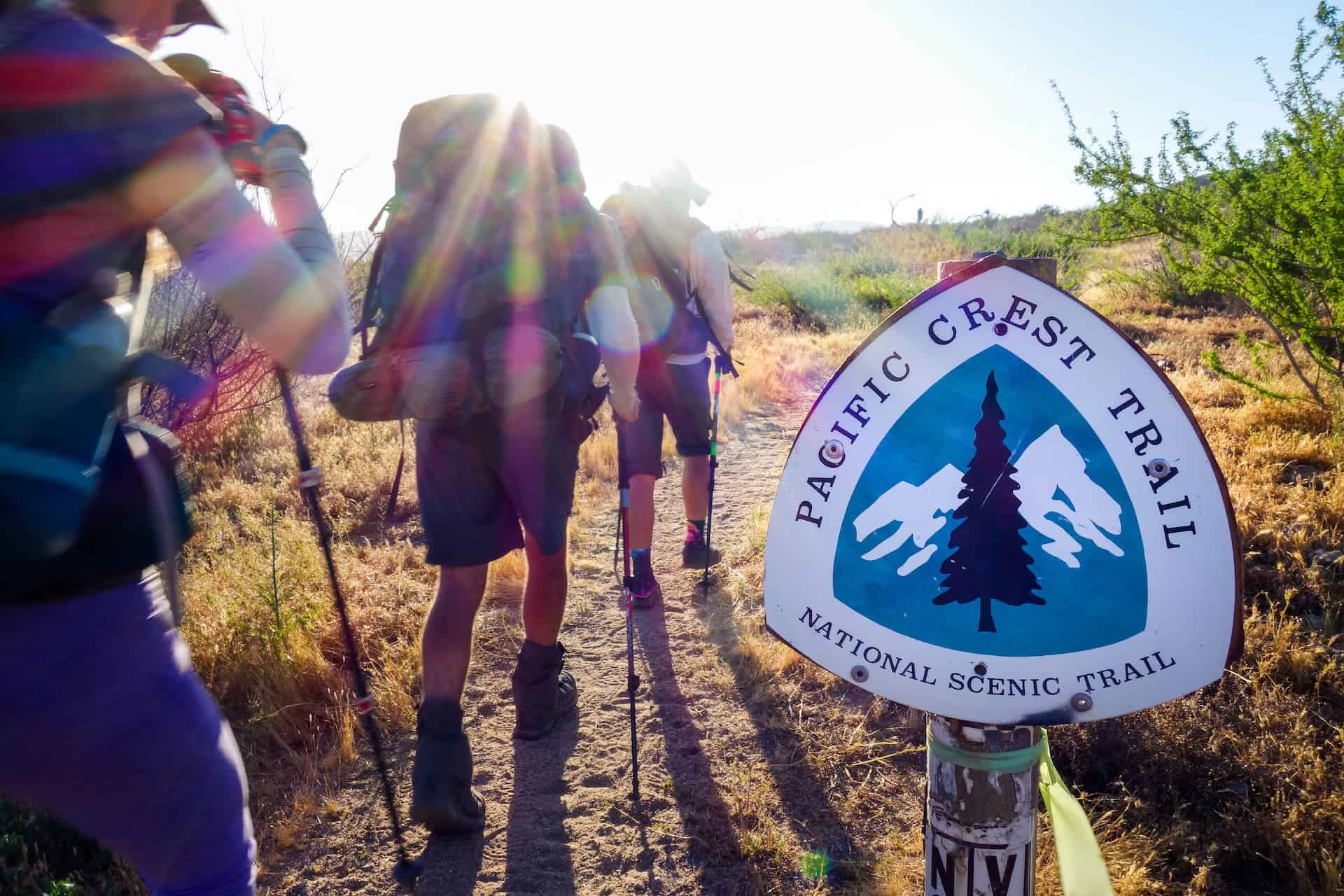
9. Use Extra Caution During the Second Half
Accidents are more likely to happen in the second half of the hike due to muscle fatigue, exhaustion, and lack of focus.
It is crucial to pay close attention to your footing and surroundings and take your time making your way back down the trail.
10. Listen to Your Body
As prepared as you may be for this hike, your body may say otherwise during the trek.
Never push yourself or any member of the group past their limits. Take breaks when necessary, and be ready to turn back if it comes down to it.
Your safety is the top priority; never let your pride or hyper-focus on finishing get in the way of your well-being.
Remember that hikes are meant to be enjoyed; it is often a marathon, not a race. So keep these safety tips for hikers in mind, take your time, respect your natural surroundings, and have fun!
_____
This story is brought to you in partnership with Global Emergency Medics.
This post was written by a guest contributor. Please reference the author's byline in the post above for more information. If you would like to guest post on Go Backpacking, please read our submission guidelines. For information on advertising opportunities, go here.
Planning a trip? Go Backpacking recommends:
- G Adventures for small group tours.
- Hostelworld for booking hostels.
